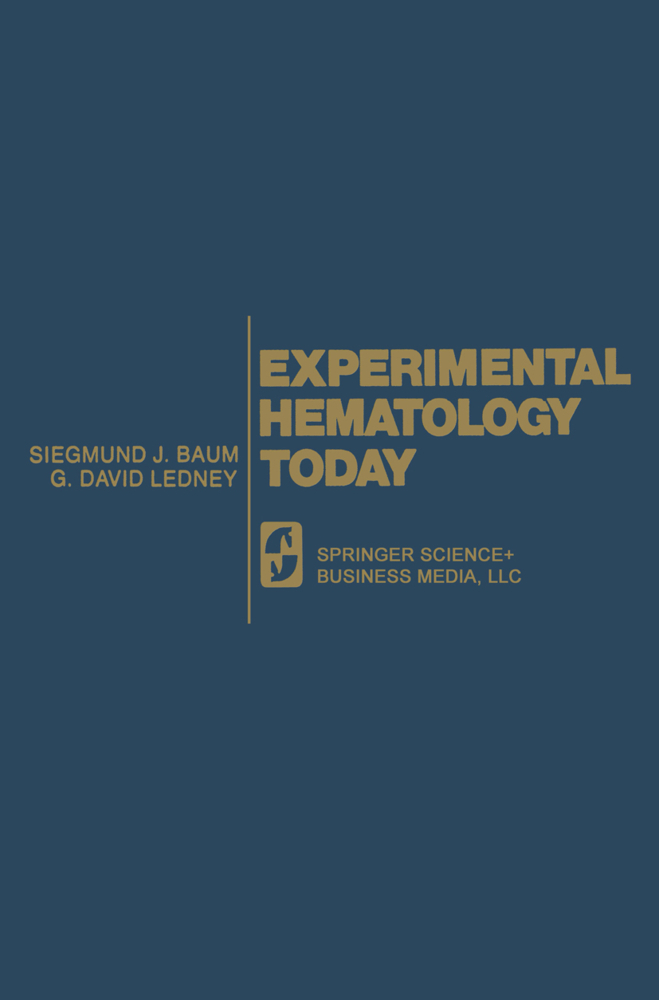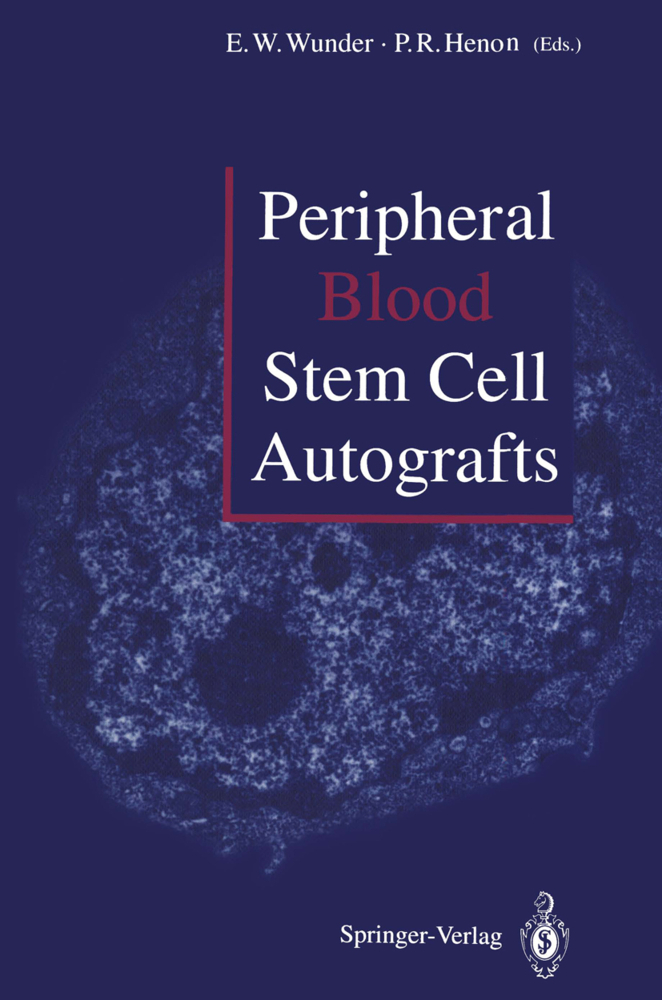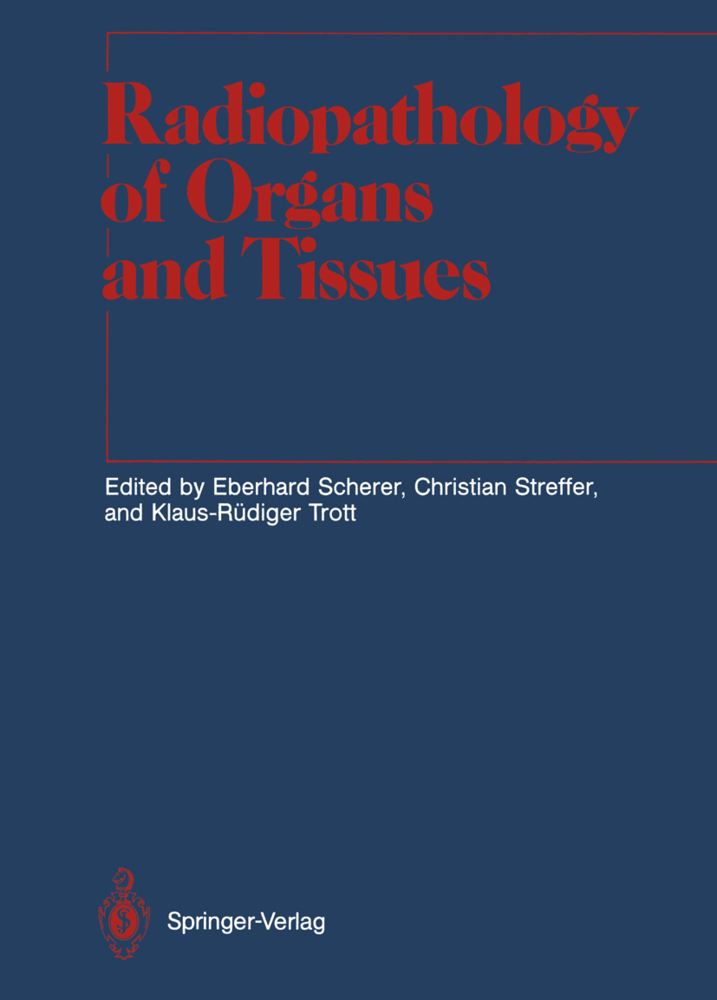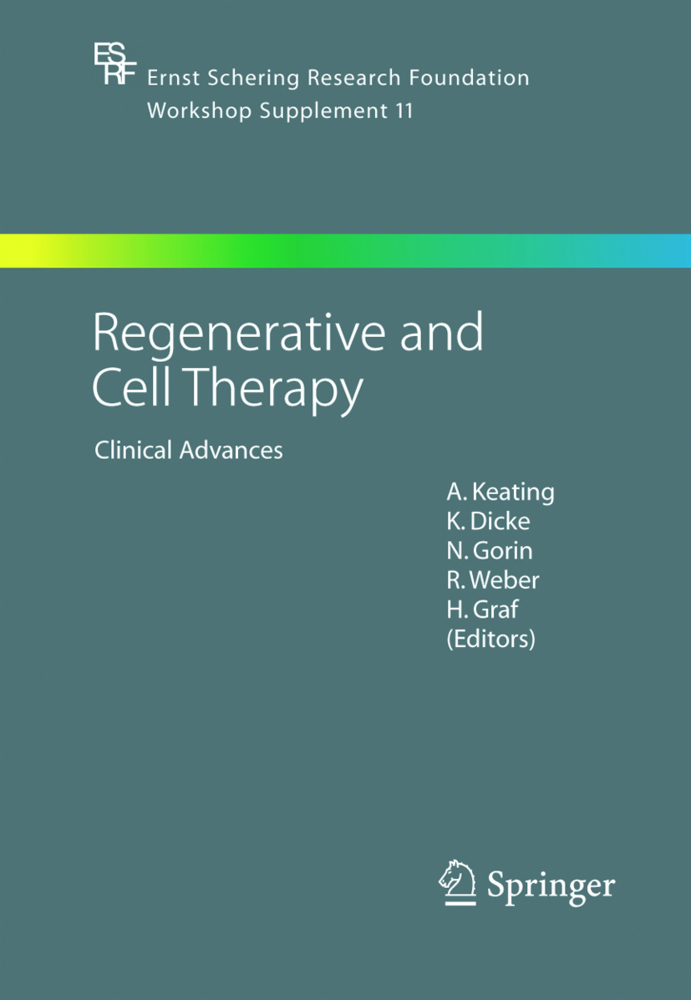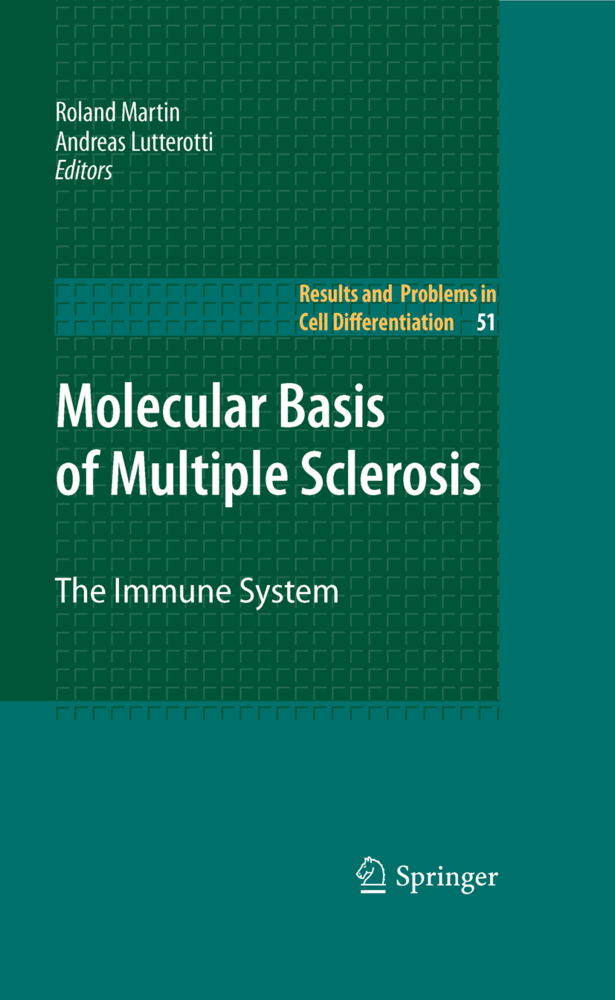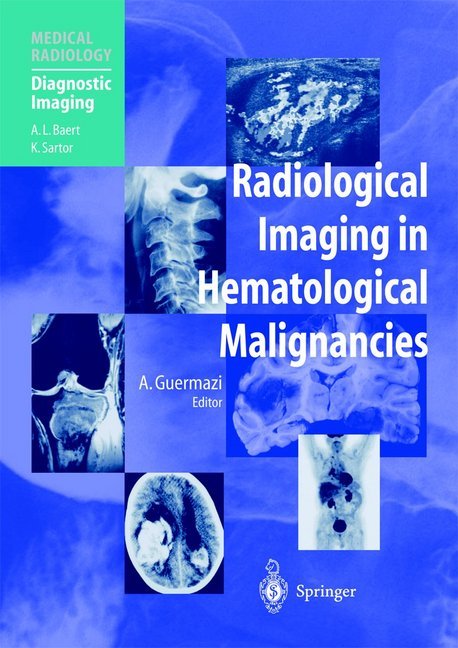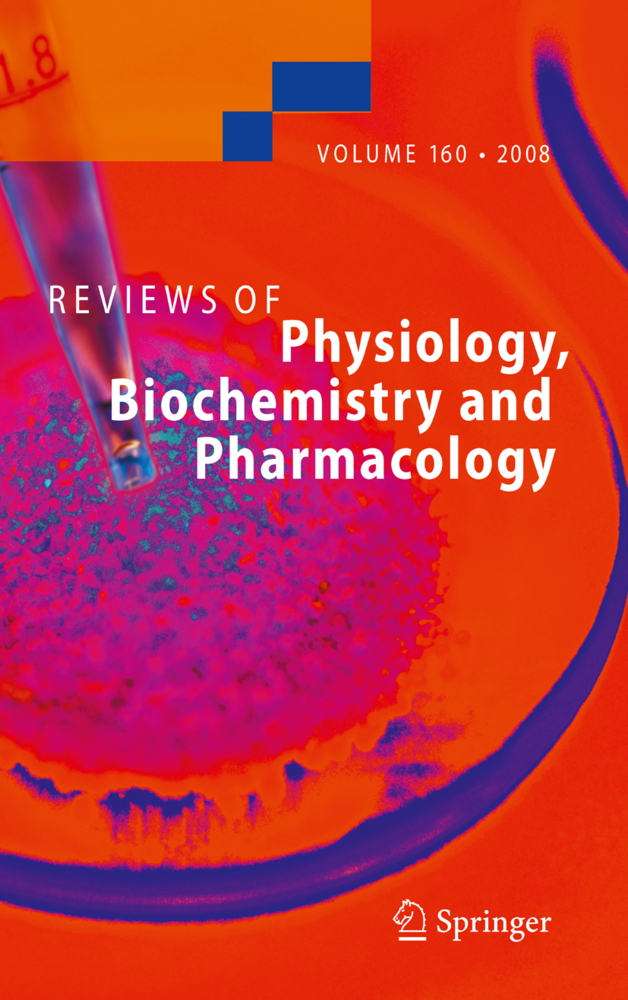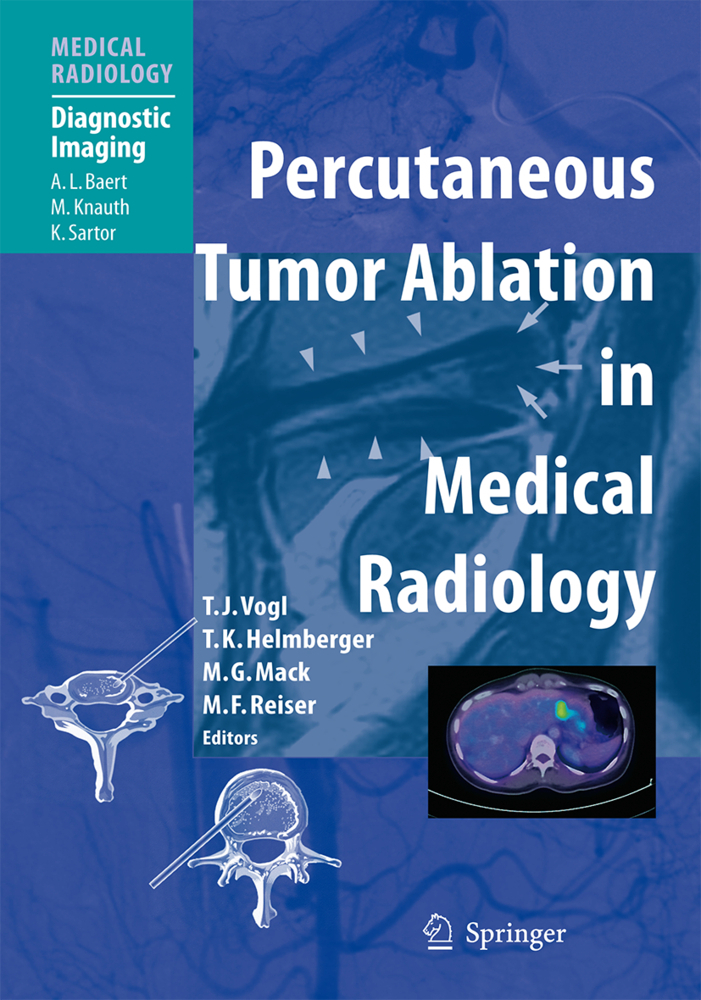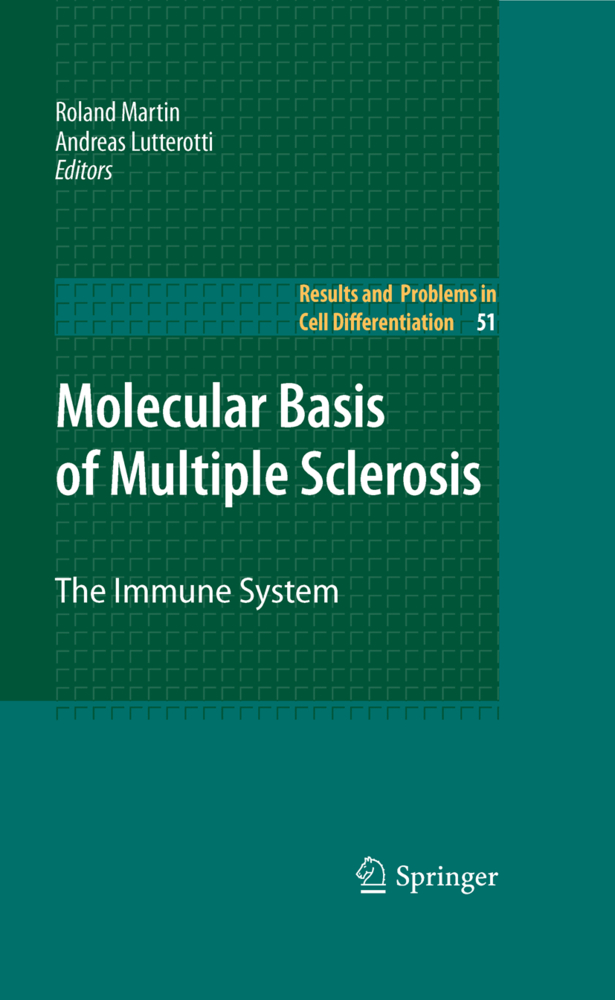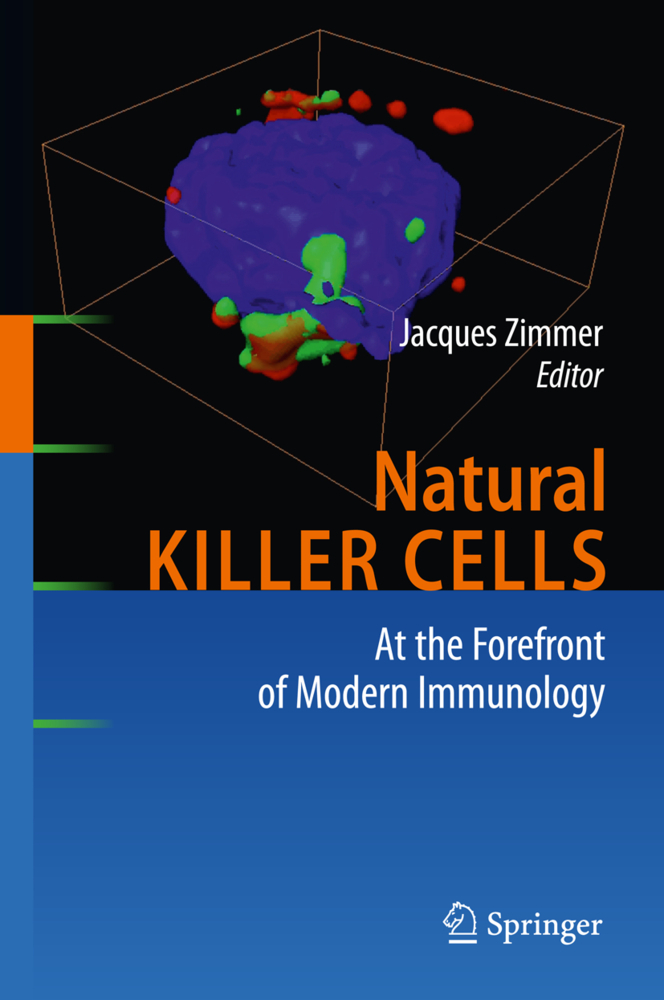Experimental Hematology Today
Ed.: International Society for Experimental Hematology
Experimental Hematology Today
Ed.: International Society for Experimental Hematology
It is perhaps not too much of an exaggeration to claim that experimental hematology as it flourishes today originated largely from the pioneering attempts to protect lethally radiated animals (I) by shielding of hemopoietic tissues by L. 0. Jacobson (9), and (2) by treatment with bone marrow suspensions by E. Lorenz and his col laborators (12). The site chosen for this annual meeting of the International Society for Experi mental Hematology is given a special historic sig nificance by the fact that it was 25 years ago that the first publication on this subject by Lorenz ap peared from his laboratory at the National Insti tutes of Health. Lorenz's discovery marked the beginning of a period which lasted until 1956, during which the protection afforded by hemopoietic cell suspensions was confirmed by many. This soon led to an intensive scientific de bate on the mechanism of this protective effect: was it due to a humoral factor produced and pro vided by the bone marrow-as Lorenz The Appearance of postulated-or to transplantation and subsequent proliferation of hemop- etic cells? This question was defini- 1 the Multipotential tively answered in 1956 by evidence from three different laboratories (7, 15, 26), which demonstrated the origin of the cells Hemopoietic in the repopulated tissues using a variety of cellu lar and immunologic markers. By the same token, these contributions marked the birth of radiation Stem Cell chimeras.
2. An Immunologic Approach to Cell Cycle Analysis of the Stem Cell
3. Physical Separation of the Cycling and Noncycling Compartments of Murine Hemopoietic Stem Cells
4. Characterization of Bone Marrow and Lymph Node Repopulating Cells by Transplanting Mononuclear Cells into Radiated Dogs
II. Humoral and Cellular Control Agents
5. Concepts and Observations on the Regulation of Granulocyte Production
6. The Regulatory Role of the Macrophage in Normal and Neoplastic Hemopoiesis
7. Humoral Regulation of Eosinophil Granulocytopoiesis
8. Studies of the Erythroid Inductive Microenvironment in Vitro
9. In Vivo Colony Forming Unit Population Sizes in Hypertransfused SI/SId Mice
III. Physiology of Committed Stem Cells (CFU-e and CFU-m)
10. Recognition of Hemopoietic Progenitors
11. Relationships between Early Hemopoietic Progenitor Cells Determined by Correlation Analysis of Their Numbers in Individual Spleen Colonies
12. Some Characteristics of in Vitro Erythroid Colony and Burst-Forming Units
13. Colony-Forming Unit, Megakaryocyte (CFU-m): Its Use in Elucidating the Kinetics and Humoral Control of the Megakaryocytic Committed Progenitor Cell Compartment
IV. Physiology of Committed Stem Cells (CFU-c) Siegmund
14. Negative and Positive Feedback Control of the Committed Granulocytic Stem Cell Compartment
15. Colony-Stimulating Factor and the Differentiation of Granulocytes and Macrophages
16. Characteristics of the in Vitro Monocyte-Macrophage Colony-Forming Cells Detected within Mouse Thymus and Lymph Nodes
17. Physical Characterization of a Subpopulation of Granulocyte/Monocyte Progenitor Cells (CFU-c)
18. Cell-FactorInteraction in Populations of Normal and Leukemic Blood Cells
V. Bone Marrow Transplantation Immunology
19. Bone Marrow Transplantation Immunology
20. Modulation of Graft-versus-Host (GvH) Disease in the Rat; Effect of Hydroxyurea on the Mixed Lymphocyte Reaction and Graft-versus-Host Reactivity
21. Mechanism of Donor to Host Tolerance in Rat Bone Marrow Chimeras
22. Effects of a Cell-Free Helper Factor(s) on the Kinetics of T Cell Responses to Histocompatibility Antigens
VI Experimental Models of Clinical Conditions in Hematology
23. The E(AkR)-Leukemia as Murine Model of Human Acute Lymphoid Leukemia for Immunotherapy Trials
24. Experimental Chemotherapy: A Rat Model for Human Acute Myeloid Leukemia
25. Serum Colony Stimulating Factor: A Marker for Graft-versus-Host Disease in Humans
26. Changes in Human Bone Marrow Colony-Forming Cells following Chemotherapy Using an Agar Diffusion-Chamber Technique
27. Graft-versus-Leukemia, Donor Selection for Adoptive Immunotherapy in Mice.
I. Characterization of the Multipotential Stem Cell (CFU-s)
1. The Appearance of the Multipotential Hemopoietic Stem Cell2. An Immunologic Approach to Cell Cycle Analysis of the Stem Cell
3. Physical Separation of the Cycling and Noncycling Compartments of Murine Hemopoietic Stem Cells
4. Characterization of Bone Marrow and Lymph Node Repopulating Cells by Transplanting Mononuclear Cells into Radiated Dogs
II. Humoral and Cellular Control Agents
5. Concepts and Observations on the Regulation of Granulocyte Production
6. The Regulatory Role of the Macrophage in Normal and Neoplastic Hemopoiesis
7. Humoral Regulation of Eosinophil Granulocytopoiesis
8. Studies of the Erythroid Inductive Microenvironment in Vitro
9. In Vivo Colony Forming Unit Population Sizes in Hypertransfused SI/SId Mice
III. Physiology of Committed Stem Cells (CFU-e and CFU-m)
10. Recognition of Hemopoietic Progenitors
11. Relationships between Early Hemopoietic Progenitor Cells Determined by Correlation Analysis of Their Numbers in Individual Spleen Colonies
12. Some Characteristics of in Vitro Erythroid Colony and Burst-Forming Units
13. Colony-Forming Unit, Megakaryocyte (CFU-m): Its Use in Elucidating the Kinetics and Humoral Control of the Megakaryocytic Committed Progenitor Cell Compartment
IV. Physiology of Committed Stem Cells (CFU-c) Siegmund
14. Negative and Positive Feedback Control of the Committed Granulocytic Stem Cell Compartment
15. Colony-Stimulating Factor and the Differentiation of Granulocytes and Macrophages
16. Characteristics of the in Vitro Monocyte-Macrophage Colony-Forming Cells Detected within Mouse Thymus and Lymph Nodes
17. Physical Characterization of a Subpopulation of Granulocyte/Monocyte Progenitor Cells (CFU-c)
18. Cell-FactorInteraction in Populations of Normal and Leukemic Blood Cells
V. Bone Marrow Transplantation Immunology
19. Bone Marrow Transplantation Immunology
20. Modulation of Graft-versus-Host (GvH) Disease in the Rat; Effect of Hydroxyurea on the Mixed Lymphocyte Reaction and Graft-versus-Host Reactivity
21. Mechanism of Donor to Host Tolerance in Rat Bone Marrow Chimeras
22. Effects of a Cell-Free Helper Factor(s) on the Kinetics of T Cell Responses to Histocompatibility Antigens
VI Experimental Models of Clinical Conditions in Hematology
23. The E(AkR)-Leukemia as Murine Model of Human Acute Lymphoid Leukemia for Immunotherapy Trials
24. Experimental Chemotherapy: A Rat Model for Human Acute Myeloid Leukemia
25. Serum Colony Stimulating Factor: A Marker for Graft-versus-Host Disease in Humans
26. Changes in Human Bone Marrow Colony-Forming Cells following Chemotherapy Using an Agar Diffusion-Chamber Technique
27. Graft-versus-Leukemia, Donor Selection for Adoptive Immunotherapy in Mice.
Baum, Siegmund J.
Ledney, G. David
Loparo, Kenneth A.
| ISBN | 978-3-540-90208-9 |
|---|---|
| Artikelnummer | 9783540902089 |
| Medientyp | Buch |
| Auflage | Softcover reprint of the original 1st ed. 1977 |
| Copyrightjahr | 1977 |
| Verlag | Springer, Berlin |
| Umfang | XVIII, 251 Seiten |
| Abbildungen | XVIII, 251 p. 30 illus. |
| Sprache | Englisch |

